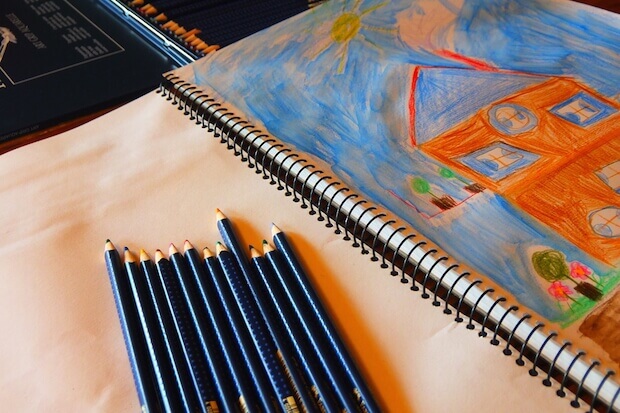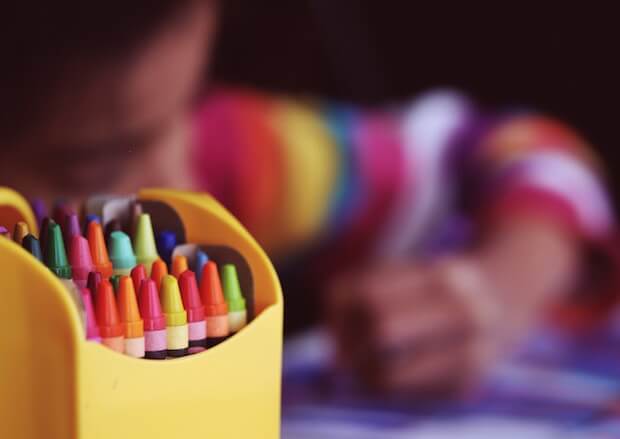
See other articles in this series:
- Teaching kids how to start a newspaper (1): understanding the fundamentals of media
- Teaching kids how to start a newspaper (2): the elements of a news story
- Teaching kids how to start a newspaper (3): learning to write news copy (part 1)
- Teaching kids how to start a newspaper (3): learning to write news copy (part 2)
- Teaching kids how to start a newspaper (4): learning to research and identify sources of information
- Teaching kids how to start a newspaper (5): learning to critique the media and spot ‘fake news’
- Teaching kids how to start a newspaper (6): tips and resources for fact checking
- Teaching kids how to start a newspaper (7): covering magazines and feature stories
In our series on teaching kids how to start a newspaper, we can’t help but discuss the important need to teach kids how to research. When you teach kids to research, you are not only teaching them to be investigative journalists; you are enhancing their curiosity to want to know the truth behind everything.
Learning how to identify a reliable source, a primary source and a secondary source can also transfer to other areas of academics. Even if writing is not the focus, research always is in academia. Think of writing academic papers, scientific reports and so on.
Let’s begin.
Learn the difference between a primary source and a secondary source
When doing research, you have multiple ways of finding information. What types of information are there?
There are many ways you can categorize types of information. There is qualitative and quantitative data, for instance. In journalism, the two main information types to teach kids when learning to research are primary and secondary sources. There are also tertiary sources. The page below gives an overview of the types of information sources to use when doing research, and how they differ:
http://www.lib.vt.edu/help/research/primary-secondary-tertiary.html
A well-researched news article will use at least one primary source (i.e. an interview) or one secondary source (i.e. a scientific report). However, asking questions is what journalists are known for, so there will usually be a primary source in a current events type of article.
Scholastic has published a page on ‘How to Conduct a Journalistic Interview,’ which you can use in your classroom.
This article explains the steps to quality investigative journalism, which can be used to teach kids how to research and identify reliable sources of information.
This article also delves into how journalists can use data as a research method, and the need to do so these days.
Teach kids to back up their sources while writing
Quality journalism means not expecting your reader to take what you say at face value. Journalists always have to back up their sources. That means, they have to state where they found their information.
Journalism has specific standards for including sources in news articles, which we won’t get into fully here. However, as a form of habit, when teaching kids how to research, they should learn the difference between writing sentences as fact, and writing them as a report of what another source states. For example, note the difference between:
“The sky is blue.”
And
“Jane said the sky is blue.”
Or
“This scientific study, which you can find at _____, discovered that the sky is blue.”
The first example makes an assumption, and assumes the reader will believe the writer no matter what. The other two are backed by sources – either primary or secondary. They simply report on findings. They make no analysis, interpretation nor true or false statements. They also don’t give an opinion.
Teaching kids how to research makes them better learners
This is an opinion of ours: that if kids learn how to research, they can become better learners. (Notice that we haven’t sourced the statement, so it can only be an opinion!).
Learning how to start a newspaper is a great entry point into understanding where information comes from (hint: it’s not social media!). Students can learn the difference between fables and truth. They can understand what it means to verify that something is true before believing it. And so, when they learn new topics, they can think more critically about the information they are absorbing.
We plan to delve into this subject more in our next article on this series. Stay tuned!







